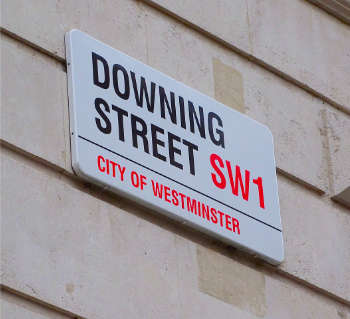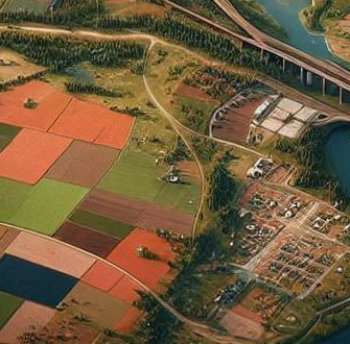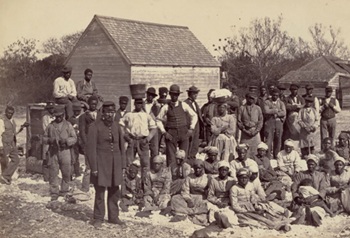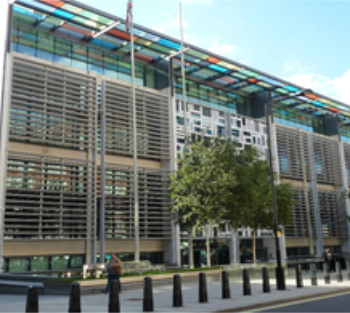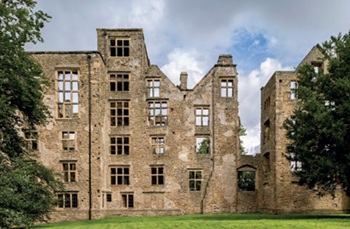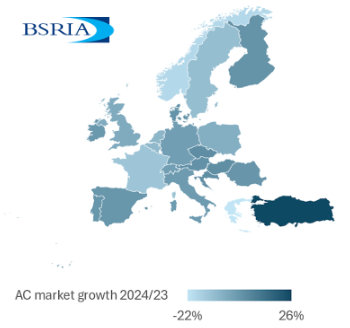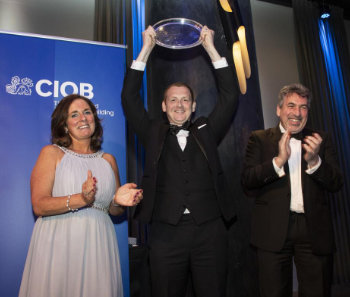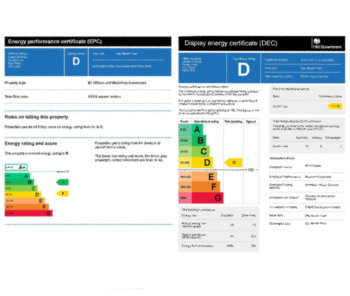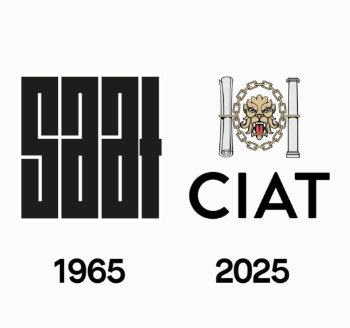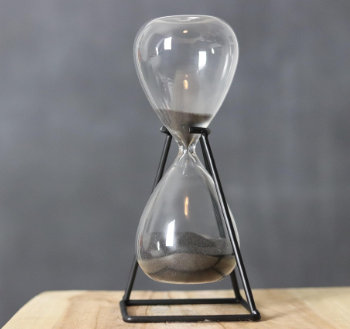Operative temperature
Operative temperature (previously known as resultant temperature or dry resultant temperature, but renamed to align with ASHRAE and ISO standards) is a simplified measure of human thermal comfort derived from air temperature, mean radiant temperature and air speed. It can be useful in assessing the likely thermal comfort of the occupants of a building.
Actual thermal comfort is dependent on environmental factors, such as air temperature, air velocity, relative humidity and the uniformity of conditions, as well as personal factors such as clothing, metabolic heat, acclimatisation, state of health, expectations, and even access to food and drink. However as empirical fits to these variables are very complex (see predicted mean vote), a simpler measure can be more useful in practice.
Operative temperature is defined as:
Operative temperature = (tr + (ta x √10v)) / (1+√10v)
Where
ta = air temperature
v = air speed (m/s)
Or:
Operative temperature = (( hr x tr) + (hc x ta )) / ( hr + hc )
Where
hc = convective heat transfer coefficient
hr = radiative heat transfer coefficient
Where the air speed is less than 0.1m/s, (as is typical in buildings) radiative and convective heat transfers may be similar, and so the equation can be simplified to:
Operative temperature = (ta + tr)/2
In many spaces, with low air velocity and where air temperature and mean radiant temperature may be similar, air temperature alone can be a reasonable indicator of thermal comfort. However, in spaces where surfaces may be heated or cooled, where there is significant thermal mass, or where solar radiation is present, air and radiant temperatures may be very different and so it is necessary to take account of radiant temperatures in assessing thermal comfort...
NB Illustrated Guide to Mechanical Cooling (BG 1/2010), written by Kevin Pennycook and published by BSRIA in 2010, defines resultant temperature as: ‘A temperature often used to specify a design condition for a space, it combines air temperature, surface temperature and air velocity in a single index.’
Thermal Comfort (TG 22/2023) published by BSRIA in 2023 defines operative temperature as: ‘….a measure of thermal comfort which takes into account air temperature, mean radiant temperature and air speed. The term dry resultant temperature was formerly used for this. Operative temperature is a better measure than dry bulb temperature for specifying setpoints within many buildings as it considers the radiative component (from equipment such as chilled ceilings and fabric components such as windows) and air movement in the space.’
[edit] Related articles on Designing Buildings
- BREEAM Thermal comfort.
- Dry-bulb temperature.
- Globe temperature.
- Humidity.
- Maximum and minimum workplace temperatures.
- Mean radiant temperature.
- Predicted mean vote.
- Psychometric chart.
- Running mean temperature.
- Sling psychrometer.
- Thermal comfort.
- Thermal indices.
- Temperature.
- Wet-bulb temperature.
Featured articles and news
Shortage of high-quality data threatening the AI boom
And other fundamental issues highlighted by the Open Data Institute.
Data centres top the list of growth opportunities
In robust, yet heterogenous world BACS market.
Increased funding for BSR announced
Within plans for next generation of new towns.
New Towns Taskforce interim policy statement
With initial reactions to the 6 month policy update.
Heritage, industry and slavery
Interpretation must tell the story accurately.
PM announces Building safety and fire move to MHCLG
Following recommendations of the Grenfell Inquiry report.
Conserving the ruins of a great Elizabethan country house.
BSRIA European air conditioning market update 2024
Highs, lows and discrepancy rates in the annual demand.
50 years celebrating the ECA Apprenticeship Awards
As SMEs say the 10 years of the Apprenticeship Levy has failed them.
Nominations sought for CIOB awards
Celebrating construction excellence in Ireland and Northern Ireland.
EPC consultation in context: NCM, SAP, SBEM and HEM
One week to respond to the consultation on reforms to the Energy Performance of Buildings framework.
CIAT Celebrates 60 years of Architectural Technology
Find out more #CIAT60 social media takeover.
The BPF urges Chancellor for additional BSR resources
To remove barriers and bottlenecks which delay projects.
Flexibility over requirements to boost apprentice numbers
English, maths and minimumun duration requirements reduced for a 10,000 gain.
A long term view on European heating markets
BSRIA HVAC 2032 Study.
Humidity resilience strategies for home design
Frequency of extreme humidity events is increasing.
National Apprenticeship Week 2025
Skills for life : 10-16 February









